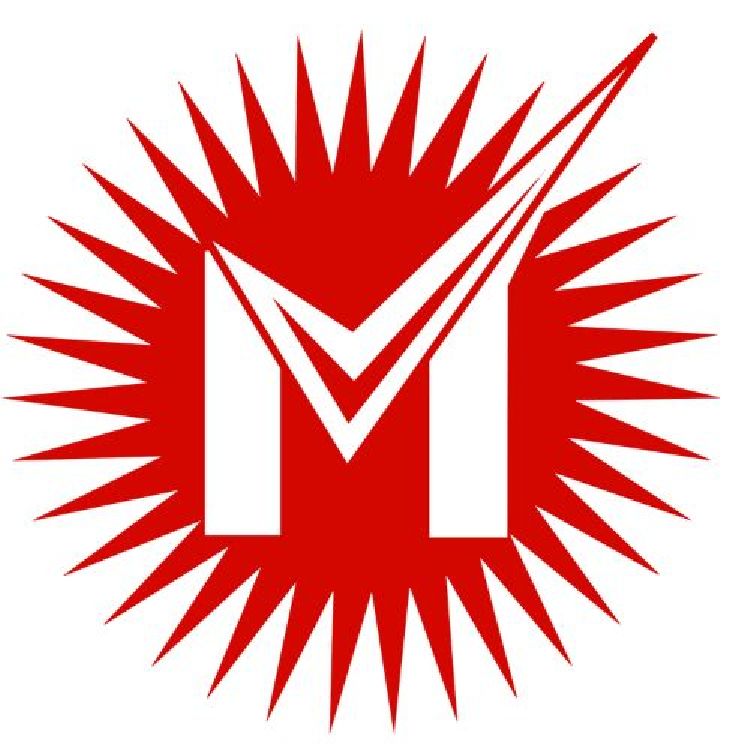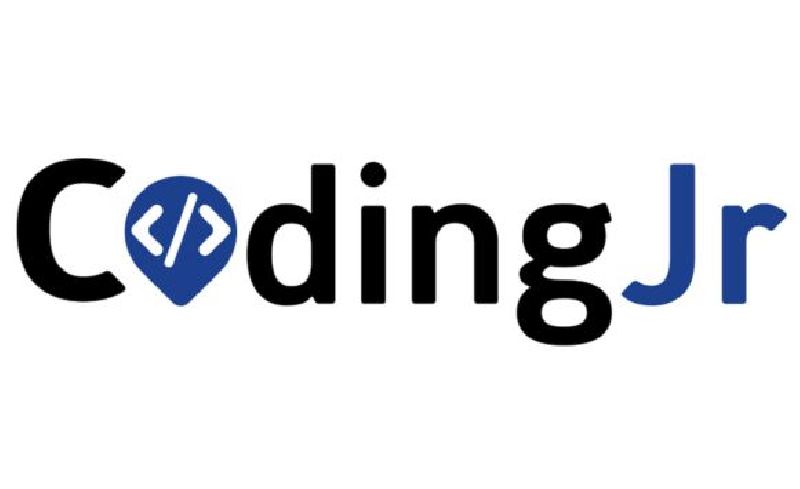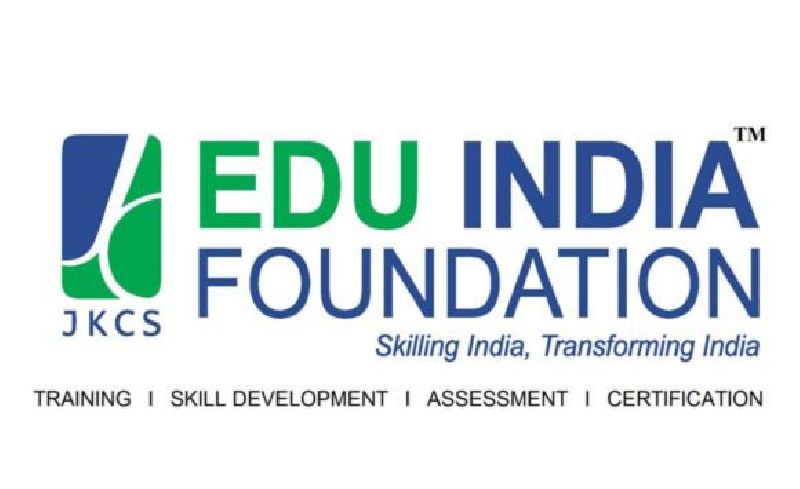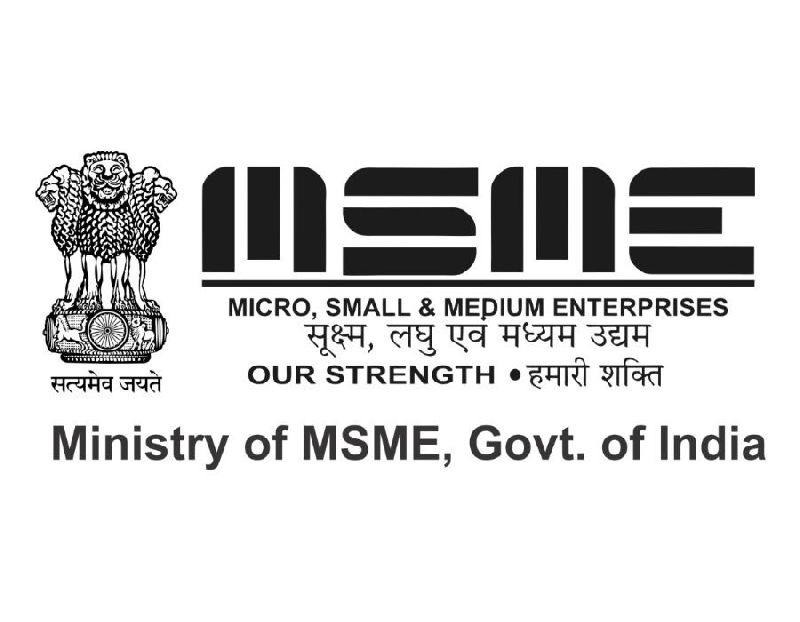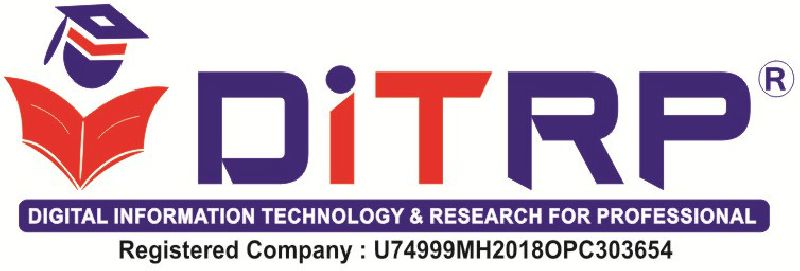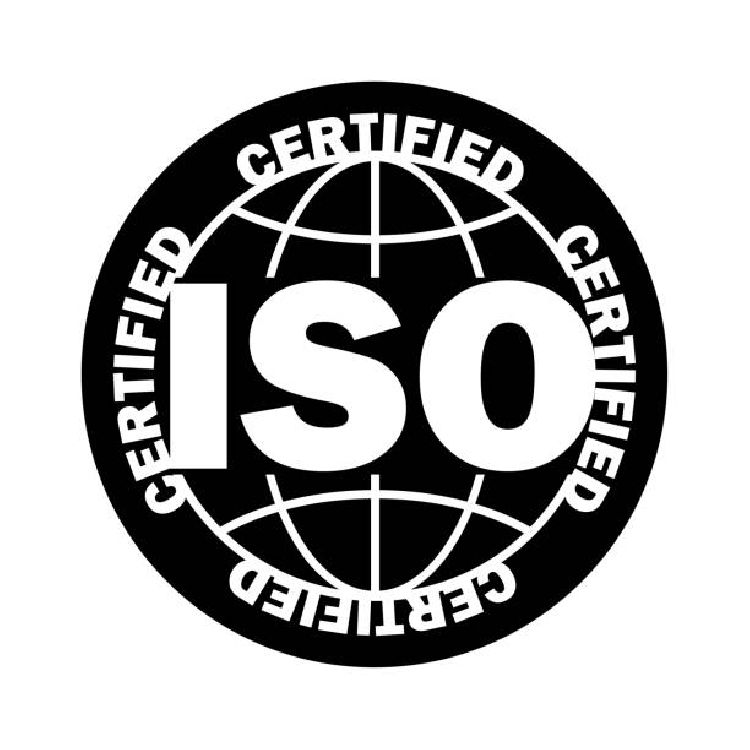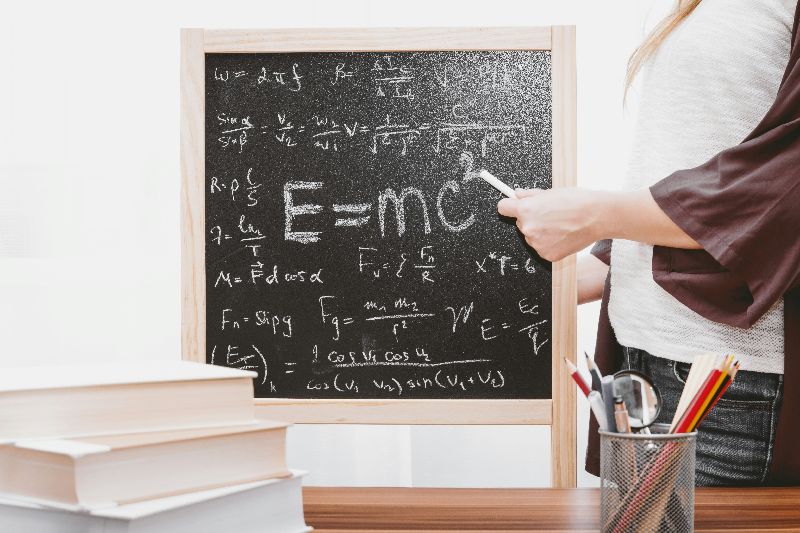
Course Syllabus for 12th Non-Medical
The Class 12 curriculum for the non-medical stream under the Central Board of Secondary Education (CBSE) encompasses three core subjects: Physics, Chemistry, and Mathematics. A detailed overview of each subject's syllabus is as follows:
Mathematics
The Mathematics syllabus is structured into six units, each focusing on specific mathematical concepts:
Relations and Functions: This unit delves into different types of relations and functions, providing a foundational understanding of how elements interact within sets.
Relations and Functions: Explores types of relations—reflexive, symmetric, transitive, and equivalence relations—and types of functions, including one-to-one and onto functions.
Inverse Trigonometric Functions: Covers the definition, range, domain, principal value branches, and graphs of inverse trigonometric functions, along with their elementary properties.
Algebra: This unit focuses on advanced algebraic concepts, including matrices and determinants, which are essential for solving complex mathematical problems.
Matrices: Introduces the concept, notation, order, equality, types of matrices (such as zero and identity matrices), transpose, and symmetric and skew-symmetric matrices. It also covers operations like addition, multiplication, and scalar multiplication, along with invertible matrices.
Determinants: Discusses determinants up to order three, their properties, minors, cofactors, and applications in finding the area of a triangle. It also includes concepts like adjoint and inverse of a square matrix and the solution of systems of linear equations using determinants and matrices.
Calculus: This unit is a significant component of the syllabus, introducing students to the concepts of continuity, differentiability, integrals, and differential equations.
Continuity and Differentiability: Explores the concepts of continuity and differentiability, including the derivatives of composite, implicit, and inverse trigonometric functions. It also covers exponential and logarithmic functions, logarithmic differentiation, and second-order derivatives.
Applications of Derivatives: Focuses on the applications of derivatives in determining the rate of change, increasing and decreasing functions, tangents and normals, maxima and minima, and approximations.
Integrals: Introduces integration as an inverse process of differentiation, covering methods like integration by substitution, by partial fractions, and by parts. It also includes the evaluation of definite integrals and their properties.
Applications of Integrals: Discusses applications in finding the area under simple curves, including lines, circles, parabolas, and ellipses, and the area between two curves.
Differential Equations: Covers the basic concepts, general and particular solutions of differential equations, formation of differential equations, and methods of solving first-order, first-degree differential equations.
Vectors and Three-Dimensional Geometry: This unit introduces vector algebra and three-dimensional geometry concepts, essential for understanding spatial relationships.
Vectors: Discusses vectors and scalars, magnitude and direction of a vector, types of vectors, addition and multiplication of vectors by a scalar, position vector of a point, and components of a vector. It also covers vector operations like addition, subtraction, dot product, cross product, and their geometrical interpretations.
Three-Dimensional Geometry: Explores the direction cosines and direction ratios of a line joining two points, Cartesian and vector equation of a line, coplanar and skew lines, shortest distance between two lines, Cartesian and vector equation of a plane, angle between two lines, two planes, and a line and a plane, and the distance of a point from a plane.
Linear Programming: This unit focuses on linear programming problems and their graphical solutions, which are crucial for optimization in various fields.
Probability: This unit deals with advanced probability concepts, including conditional probability, Bayes' theorem, and probability distributions.
For a comprehensive and updated syllabus, students are advised to refer to the official CBSE curriculum for the academic year 2024-25, available on the CBSE Academics website.
Physics
The Physics syllabus is structured into nine units, each delving into fundamental principles and applications:
Electrostatics: This unit explores electric charges, Coulomb's law, electric fields, and potentials, along with capacitors and their combinations.
Current Electricity: Focuses on the flow of electric charge in conductors, Ohm's law, resistivity, and the analysis of electrical circuits using Kirchhoff's laws.
Magnetic Effects of Current and Magnetism: Examines magnetic fields produced by currents, the motion of charged particles in magnetic fields, and the properties of bar magnets.
Electromagnetic Induction and Alternating Currents: Covers Faraday's laws of electromagnetic induction, inductance, alternating current circuits, and the functioning of transformers.
Electromagnetic Waves: Discusses the nature, properties, and spectrum of electromagnetic waves, emphasizing their propagation and applications.
Optics: Includes the study of light behavior through reflection, refraction, interference, diffraction, and polarization, along with optical instruments like microscopes and telescopes.
Dual Nature of Radiation and Matter: Introduces concepts such as the photoelectric effect, wave-particle duality, and the de Broglie hypothesis.
Atoms and Nuclei: Focuses on atomic models, spectral lines, nuclear structure, radioactivity, and nuclear reactions.
Electronic Devices: Covers semiconductors, diodes, transistors, and their applications in electronic circuits.
The practical component includes experiments like determining resistivity, verifying Ohm's law, studying the characteristics of diodes and transistors, and using multimeters for circuit analysis.
Chemistry
The Chemistry syllabus is divided into several units, each focusing on different aspects of chemical science:
Solid State: Discusses the classification of solids, crystal lattices, unit cells, and imperfections in solids.
Solutions: Explores types of solutions, methods of expressing concentration, Raoult's law, colligative properties, and abnormal molecular masses.
Electrochemistry: Covers redox reactions, electrochemical cells, standard electrode potentials, Nernst equation, conductance in electrolytic solutions, and electrolysis.
Chemical Kinetics: Focuses on reaction rates, factors affecting them, order and molecularity, rate laws, and theories of reaction rates.
Surface Chemistry: Examines adsorption, catalysis, colloids, and emulsions.
General Principles and Processes of Isolation of Elements: Discusses metallurgical processes and the extraction of metals.
p-Block Elements: Covers the properties, oxidation states, and trends of Group 15 to Group 18 elements.
d- and f-Block Elements: Focuses on the transition and inner transition elements, their properties, and uses.
Coordination Compounds: Explores nomenclature, bonding theories, isomerism, and applications of coordination compounds.
Haloalkanes and Haloarenes: Discusses nomenclature, preparation, properties, and reactions of haloalkanes and haloarenes.
Alcohols, Phenols, and Ethers: Covers the preparation, properties, and reactions of these functional groups.
Aldehydes, Ketones, and Carboxylic Acids: Focuses on the structure, nomenclature, preparation, properties, and reactions of these compounds.
Amines: Discusses classification, preparation, properties, and reactions of amines, including diazonium salts.
Biomolecules: Covers carbohydrates, proteins, nucleic acids, enzymes, vitamins, and hormones.
The practical component includes volumetric analysis, qualitative analysis of organic and inorganic compounds, and projects related to chemical processes.
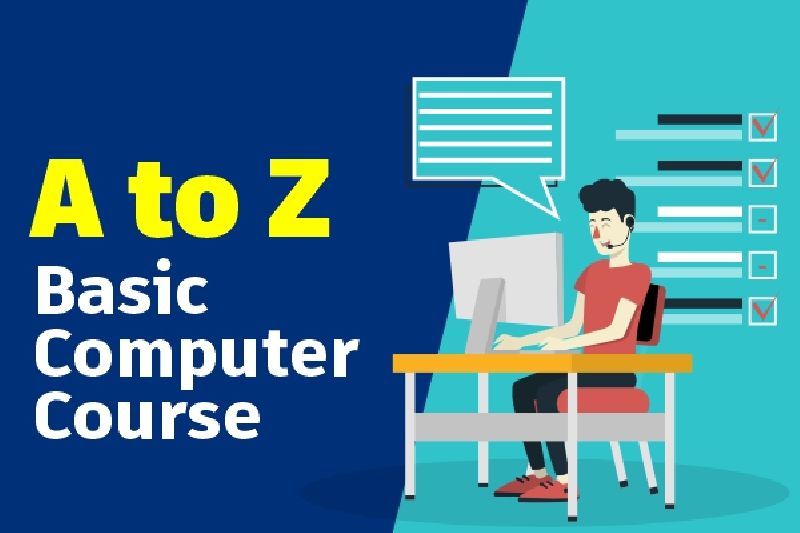
Course Code : BCC
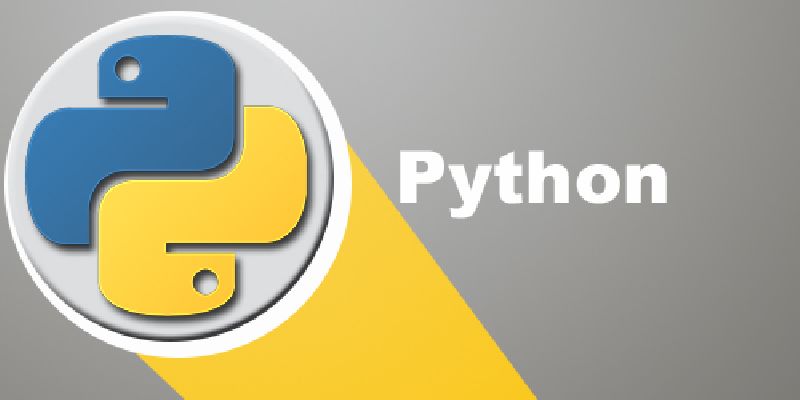
Course Code : PY01
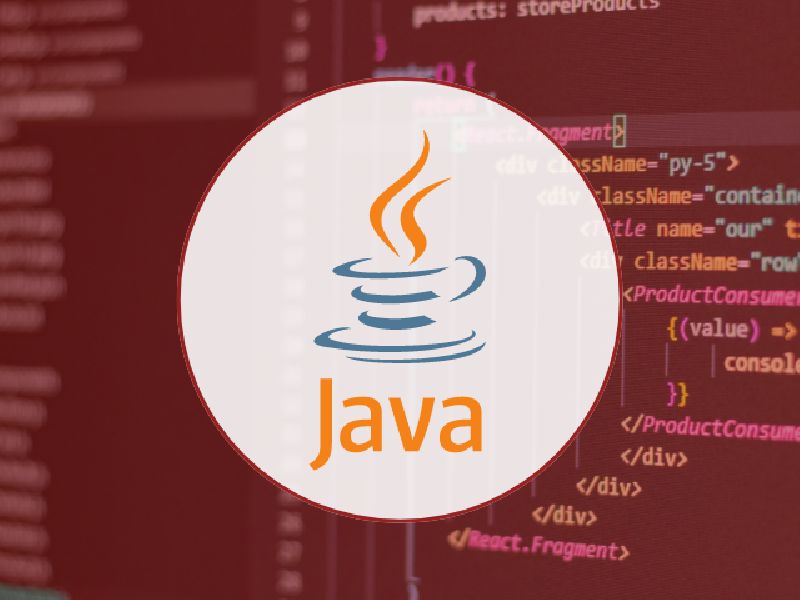
Course Code : JAVA01

Course Code : NONMED12
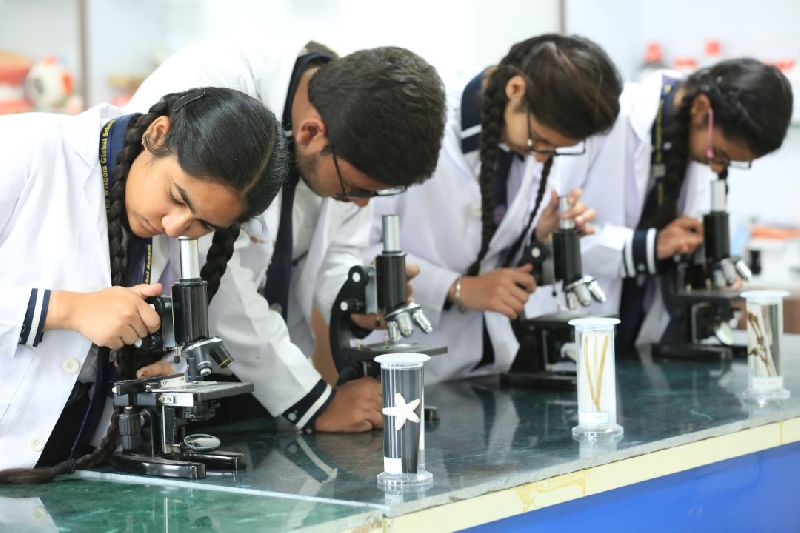
Course Code : MED12

Course Code : COM12

Course Code : ICSE10
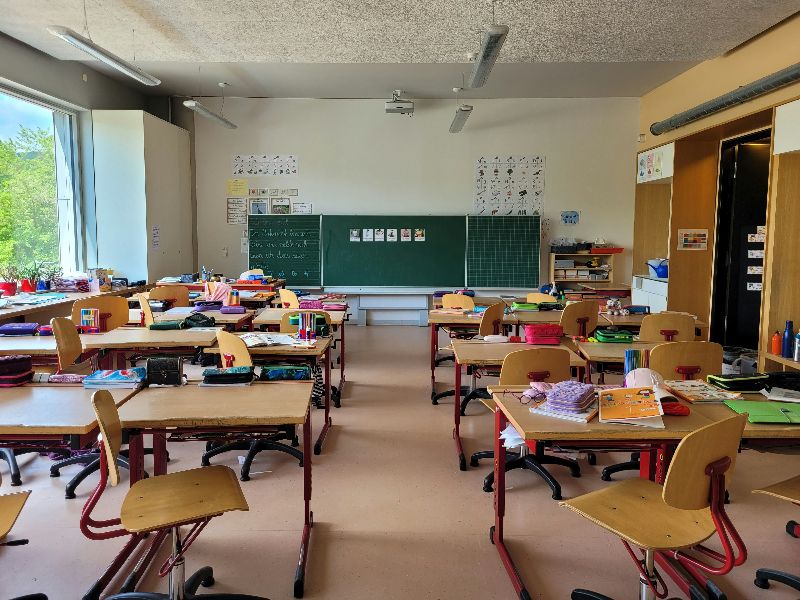
Course Code : PSEB10

Course Code : CBSE9

Course Code : ICSE9

Course Code : PSEB9

Course Code : NONMED11
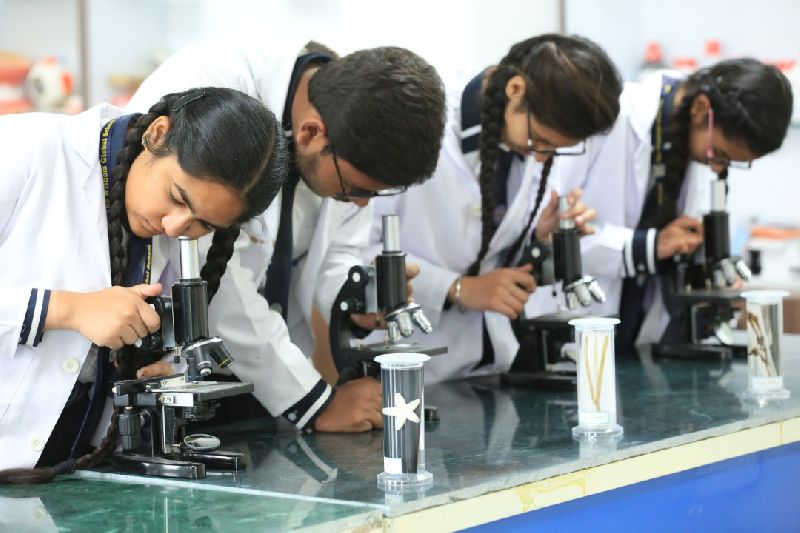
Course Code : MED11

Course Code : COM11
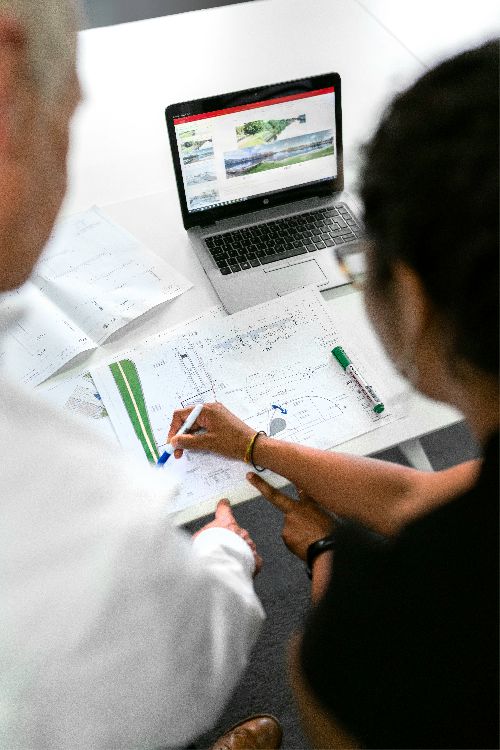
Course Code : IIT-JEE-CC
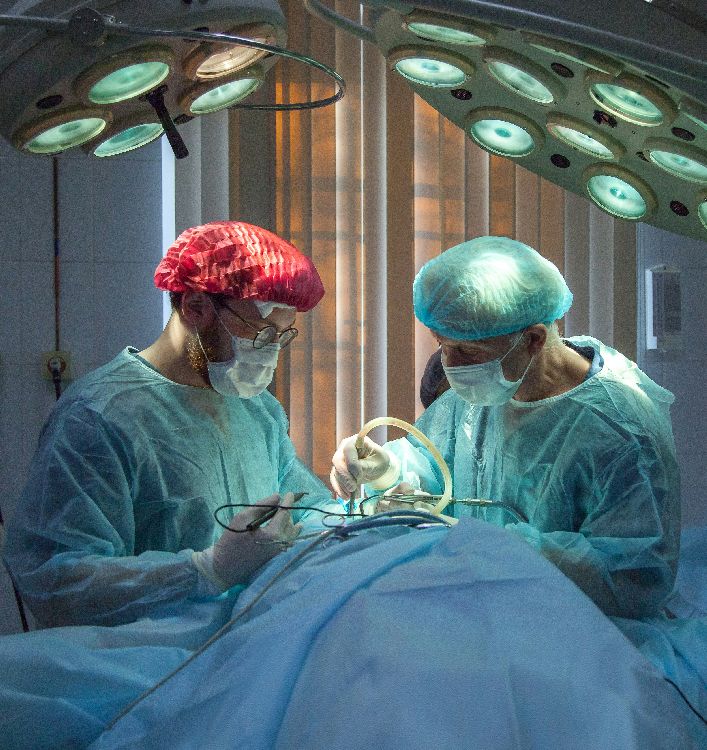
Course Code : NEET-CC
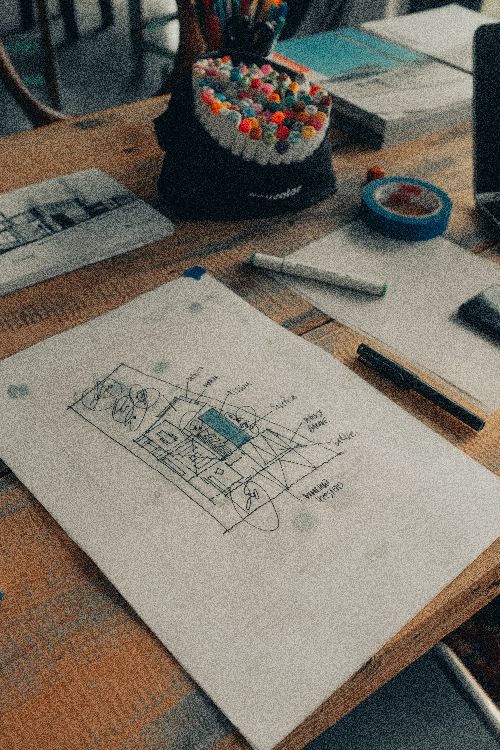
Course Code : NATA-CC
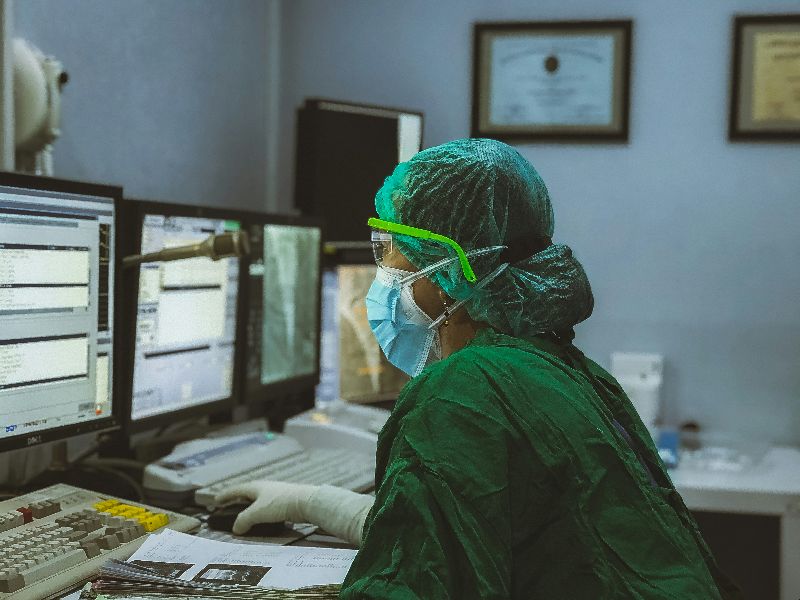
Course Code : PPMET-CC
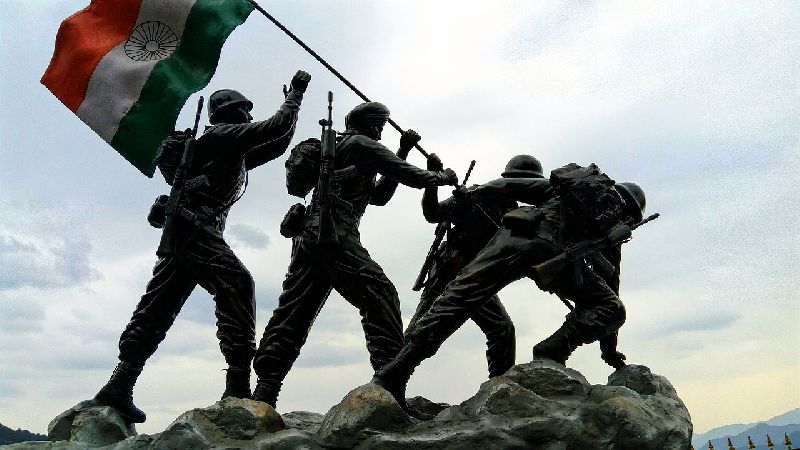
Course Code : NDA-CC
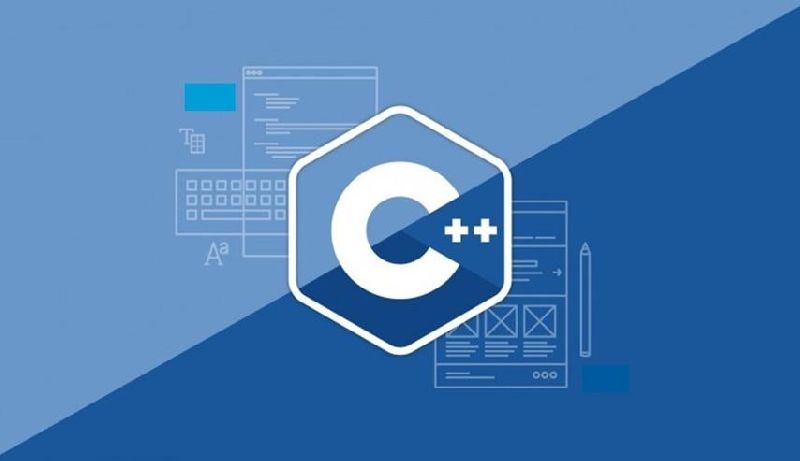
Course Code : CPP
Course Code : FTE
Course Code : SUPERMED11

Course Code : COM12

Course Code : NONMED12

Course Code : MED12

Course Code : ICSE10

Course Code : PSEB10

Course Code : CBSE9

Course Code : ICSE9

Course Code : PSEB9

Course Code : NONMED11

Course Code : MED11

Course Code : COM11
Course Code : SUPERMED11
Course Code : FTE

Course Code : NEET-CC
Course Code : CBSE10
Course Code : SUPERMED12
Course Code : SUPERMED12

Course Code : NONMED12

Course Code : MED12

Course Code : COM12

Course Code : ICSE10

Course Code : PSEB10

Course Code : CBSE9

Course Code : ICSE9

Course Code : PPMET-CC
Course Code : FTE

Course Code : MED11

Course Code : NEET-CC
Course Code : SUPERMED12
Course Code : CBSE10

Course Code : PSEB9

Course Code : NONMED11

Course Code : COM11
Course Code : SUPERMED11

Course Code : PPMET-CC

Course Code : IIT-JEE-CC

Course Code : NATA-CC

Course Code : NDA-CC
Course Code : CBSE10
Course Code : PHY11-12
Course Code : CHE11-12
Course Code : MAT11-12
Course Code : BIO11-12
Course Code : PHY11-12
Course Code : CHE11-12
Course Code : MAT11-12
Course Code : BIO11-12

Course Code : BCC
